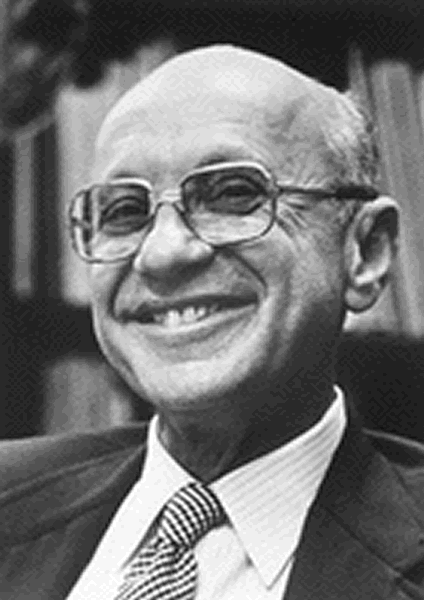Saturday, November 18th, 2006
FABIUS MAXIMUS ON IRAQ
DNI’s Fabius Maximus has a wry piece up, “Situation Report on the Expedition to Iraq “. The dry title belies a somewhat swiftian comparison of the Bush administration policy in Iraq with the classic seven stages of grief. Unfortunately, unlike Jonathan Swift’s A Modest Proposal,
Fabius has posited criticisms that are not merely satirical.
“As many 4GW experts forecast, the western nations’ (largely US and UK) Expedition to Iraq was doomed before it began. As such the Kubler-Ross “Death and Dying” process offers the best metaphor for our conduct of the war. 1/
Shock & Denial: Initial paralysis at hearing the bad news: trying to avoid the inevitable.
Anger: Frustrated outpouring of bottled-up emotion.
Bargaining: Seeking in vain for a way out.
Depression: Final realization of the inevitable.
Testing and Acceptance: Seeking realistic solutions; finally finding a way forward.
America’s elites remained for a long period in Denial, and then moved into Anger. 2/ They directed their anger at anybody other then themselves: Bush/Hitler, Leftist traitors, “Neville Chamberlain’s” in the Democratic Party, Al Qaeda, various elements of the Iraq people, and Iran. There have been, of course, few mea culpa’s from our leaders, Democrat or Republican.”
While we can differ on details, I am more or less in agreement with Fabius that America’s elite, both Left and Right, have failed the people and the soldiers in Iraq with their uncertainty, fecklessness, paralysis and addiction to self-absorbed partisanship. America needs a new elite, the old one has lost heart, nerve and to a certain extent -their head. They lack the will to prosecute the war on terror and the skill to execute it well. I’m not sure we’ll see great improvement in statesmanship either until the Boomers start yielding their place to GenX’ers.
Fabius has not yet posted his recommendations but I have two observations on the second part of his article where he criticizes the remaining options left to salvage the situation in Iraq ( Fabius presumes it not to be worth salvaging and counsels that defeat be accepted).
Fabius is correct that withdrawing to the desert helps nothing except to delay the inevitable. He’s right. It’s a form of avoiding choosing sides in a multi-ethnic and sectarian civil war, which will neither prevent the civil war nor do us much good. One potential solution is to forswear supposed neutrality, which no Iraqi believes of us anyway, and put our weight behind the likely winners so they win faster and with less ultimate bloodshed ( this is relative and bloodshed will happen regardless. The question now is: How much ?).
Another choice is to opt for what Fabius derides, an alliance with a Kurdish client state that comes to an agreement with Ankara, so that at least there is a zone of stability and civil peace in one section of old Iraq. As far as ” stable platforms” are concerned, Kurdistan need not be West Germany circa 1985, just be non-anarchic and open to connectivity to the West.
Is this a perfect solution ? No, not in my view. Are Barzani and Talabani the reincarnations of Thomas Jefferson and John Adams ? No. But they aren’t Saddam Hussein or Pol Pot either and seem to grasp Kurdistan’s delicate geopolitical position and need of American support. Reasonable, if self-interested, partners who command disciplined fighting forces. Can anything similar be found among Shiites or Sunnis ?
What the Kurds represent is only a realistic opportunity to hedge against total disaster and the U.S. should take it with their eyes wide open. Kurdistan also fits the size of the forces we have committed while Iraq as a whole does not. Having thrown away every strategic opportunity that emerged in Iraq in the aftermath of Saddam’s overthrow, policy makers need to adjust their sights now toward accomplishing minimalist goals.
ADDENDUM:
Discuss Fabius’ article at The Small Wars Council



